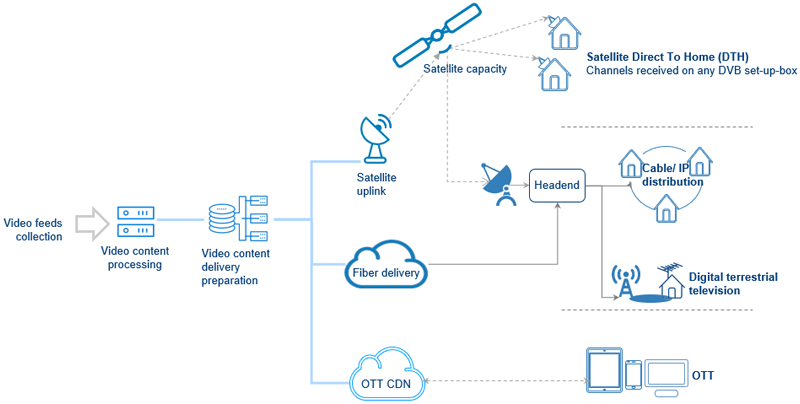The Basic Principles Of Apollo Group Tv
The Basic Principles Of Apollo Group Tv
Blog Article
Apollo Group Tv - The Facts
Table of ContentsThe Greatest Guide To Apollo Group TvAbout Apollo Group TvAbout Apollo Group TvApollo Group Tv - An Overview
In this scenario, as opposed to having three-minute business places during a 30-minute television program, TV shows might change to one where a consumer will be needed to have a monthly subscription, to ensure that they cen sight targeted banner advertisements. This sort of advertising already happens on the net, and the quantity of information tv firms accumulate permits them to do similar.Describe the significant patterns among the broadcasting and wire networks. Popular radio reveals such as authorities drama Dragnet and western cowboy collection Gunsmoke were adapted for television, and brand-new TV shows were funded by single marketers, simply as radio shows had actually been.
Today, the television industry is much a lot more complicated. Programs are sponsored by numerous advertisers; shows is managed by major media empires; and the three major networks no much longer dominate the airwaves yet instead share their viewers with many cable television networks. A number of factors represent these fads within the sector, consisting of technical advancements, federal government guidelines, and the production of new networks.

Facts About Apollo Group Tv Uncovered
Also public television has actually ended up being subject to the impact of marketing. Established in 1969, (PBS) created out of a report by the Carnegie Payment on Educational Television, which examined the function of educational, noncommercial tv on society. The record recommended that the federal government finance public tv in order to offer variety of programming throughout the network eraa service produced "not to sell products" yet to "enhance citizenship and public solution (McCauley, 2003)." Public television was likewise planned to offer global access to television for viewers in country locations or audiences that can not pay for to spend for private television solutions.
The period between 1950 and 1970 is traditionally identified as the. Apart from a small part of airtime managed by public tv, the 3 significant networks (referred to as the Big Three) dominated the television market, jointly making up greater than 95 percent of prime-time viewing. In 1986, Rupert Murdoch, the head of multinational company News Corp, introduced the Fox network, challenging the dominance of the Big Three.
Targeting young and minority audiences with shows such as Buffy the Vampire Slayer, Moesha, Dawson's Creek, and The Wayans Bros., the new networks really hoped to draw stations away from their old network affiliations. Rather than repeating the success of Fox, UPN and WB struggled to make an impact. Unable to attract many affiliate terminals, both new networks got to less families than their bigger competitors since they were unobtainable in some smaller cities.
This choice led the way for the advancement of cable television film channels, contributing to the rapid development of cord in the 1980s and 1990s. apollo tv. More deregulation of cord in the 1984 Cable Television Communications Policy Act eliminated restrictions on cable prices, making it possible for drivers to charge what they wanted for wire services as long as there was effective competition to the solution (a requirement that over 90 percent of all cable markets can satisfy)
A Biased View of Apollo Group Tv

Having created the very first "superstation," Turner increased his world by founding 24-hour news network CNN in 1980. At the end of the year, 28 national programs solutions were available, and the cord change had actually started. Over the next decade, the industry underwent a period of fast growth and popularity, and by 1994 customers might pick from 94 basic and 20 costs wire solutions.
Number 9 - https://www.mixcloud.com/apollogtv01/.16 Raised competition from cord networks has triggered a constant decline in the networks' audience scores. Throughout the 1950s, the cost of creating a solitary tv program enhanced as shows came to be much longer and production costs skyrocketed. Sponsorship on network tv changed from solitary sponsorship, in which a program was entirely supported and created by one marketer, to numerous sponsorship, in which marketers bought 1- or 2-minute spots on the show
Each action needs to be a minimum of one paragraph. Choose one of the Big Four networks and print out its regular programs timetable. See the network's prime-time programs throughout a week, noting the target demographic for each show. Observe the marketing enrollers that sustain each show and compare exactly how the services and products fit with the intended audience.
Excitement About Apollo Group Tv

Direct TV, frequently referred to as conventional broadcast TV, encompasses cable and satellite tv., assume of it as the timeless means of enjoying TV that has been around for decades.
Report this page